After Fushimi Inari Shrine, we made our way to East Kyoto to visit Kyoto Imperial Palace (京都御所, Kyoto Gosho). It happened to be open for only four days during this season (April 4th to the 7th). You could say that we were blessed with great timing (and weather, free entrance fee, and the opportunity to see Japanese royalties' cribs).
Kyoto Gosho was once the home of Japan's Shogun (i.e. Emperor; Tokugawa Ieyasu) until 1869, when it was moved to Tokyo during the Meiji Restoration. The palace was ordered to be preserved in 1877, and to this day it stands as one of Kyoto's many beautiful architectural and historical sites.
Outside of the palace was a beautiful park saturated with cherry blossoms of every hue of pink and white. There were playgrounds for children to play and grass fields for people to sleep; a very relaxed atmosphere where everyone can enjoy a calm, warm afternoon.
Kyoto Gosho was once the home of Japan's Shogun (i.e. Emperor; Tokugawa Ieyasu) until 1869, when it was moved to Tokyo during the Meiji Restoration. The palace was ordered to be preserved in 1877, and to this day it stands as one of Kyoto's many beautiful architectural and historical sites.
Outside of the palace was a beautiful park saturated with cherry blossoms of every hue of pink and white. There were playgrounds for children to play and grass fields for people to sleep; a very relaxed atmosphere where everyone can enjoy a calm, warm afternoon.
The palace management organized a path for tourists to follow, enabling everyone to see virtually every corner and garden the palace had to offer. There were also sand gardens, garden-gardens, and beautiful paintings to satisfy any case of eye-candy hunger pangs:
The thing that I enjoyed the most about Kyoto Gosho was the greenery and plant-life within and outside the palace. Because it's still very cold in Seoul, there aren't that many plants that have blossomed/regrown leaves yet, and the plants that have blossomed/regrown leaves are covered in soot and dirt (due to Seoul's horrible air quality), finally being exposed to "clean green" was refreshing.
After we finished our visit to Kyoto Gosho, we hopped into taxis and made our way to Kiyomizudera, arguably Kyoto's most famous and beautiful historical attraction.
Kiyomizudera is situated in Higashiyama-ku, Kyoto. It's fairly close to Kyoto Gosho (approximately a 15-minute train ride). It was first constructed in 778 A.D. during the Heian Period. Many buildings were also constructed in 1633 during the Tokugawa Shogunate. Kiyomizudera was named after a waterfall within the temple, called kiyomizu, literally meaning "pure water." It is said that the temple has wish-granting powers, and that buying omikugji (folded, usually scented paper charms), matching key charms, and drinking water from various waterfalls would grant ones' wish. During the Edo Period, people would "take a leap of faith" and jump off the side of the temple (which was a 13 meter drop); if the jumper survived, his or her wishes would be granted. Of the 234 jumps, 85.4% survived. I guess 200 people got their wishes granted, while the other 34 kicked the bucket... There's also a love test in Jishu Shrine (one of the shrines within Kiyomizudera), where one would close their eyes and walk from one love stone to another. If the person is able to go from one stone to the other successfully, that person would find true love.
Nonetheless, Kiyomizudera was amazing. The entire structure was constructed without the use of a single nail. Although it didn't make it past the finalist stage for claiming a spot on the 7 New Wonders of the World, Kiyomizudera is a must-go for any traveler visiting the Kansai area of Japan.
After we finished our visit to Kyoto Gosho, we hopped into taxis and made our way to Kiyomizudera, arguably Kyoto's most famous and beautiful historical attraction.
Kiyomizudera is situated in Higashiyama-ku, Kyoto. It's fairly close to Kyoto Gosho (approximately a 15-minute train ride). It was first constructed in 778 A.D. during the Heian Period. Many buildings were also constructed in 1633 during the Tokugawa Shogunate. Kiyomizudera was named after a waterfall within the temple, called kiyomizu, literally meaning "pure water." It is said that the temple has wish-granting powers, and that buying omikugji (folded, usually scented paper charms), matching key charms, and drinking water from various waterfalls would grant ones' wish. During the Edo Period, people would "take a leap of faith" and jump off the side of the temple (which was a 13 meter drop); if the jumper survived, his or her wishes would be granted. Of the 234 jumps, 85.4% survived. I guess 200 people got their wishes granted, while the other 34 kicked the bucket... There's also a love test in Jishu Shrine (one of the shrines within Kiyomizudera), where one would close their eyes and walk from one love stone to another. If the person is able to go from one stone to the other successfully, that person would find true love.
Nonetheless, Kiyomizudera was amazing. The entire structure was constructed without the use of a single nail. Although it didn't make it past the finalist stage for claiming a spot on the 7 New Wonders of the World, Kiyomizudera is a must-go for any traveler visiting the Kansai area of Japan.
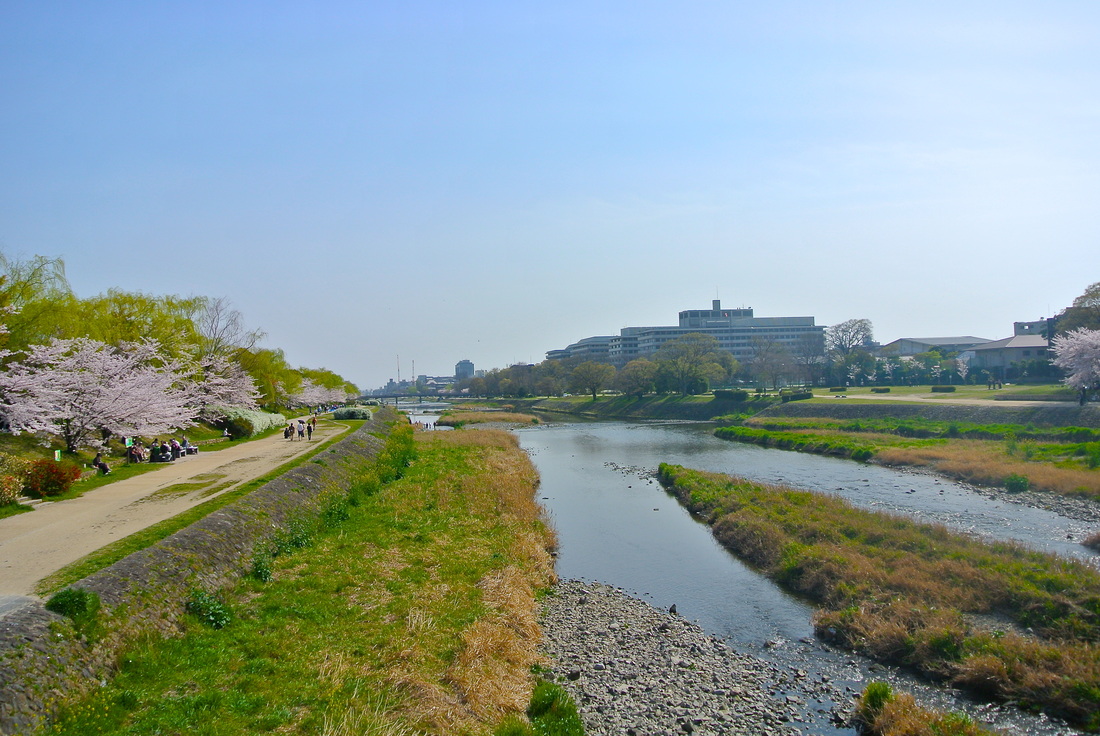
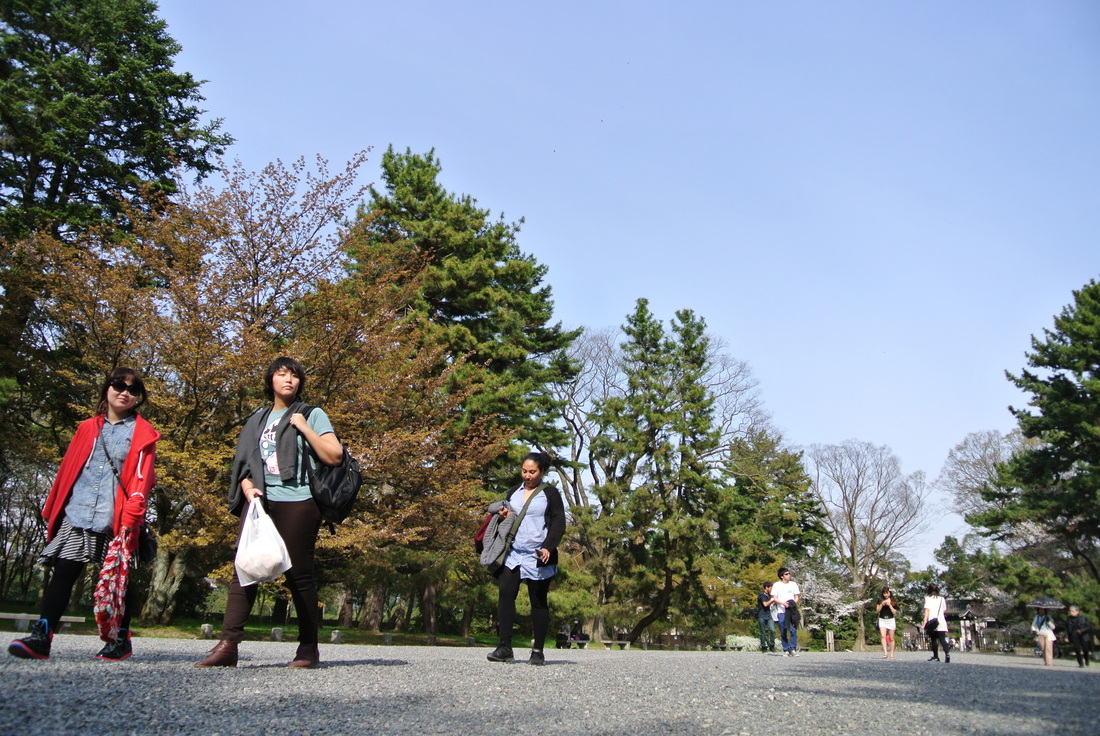
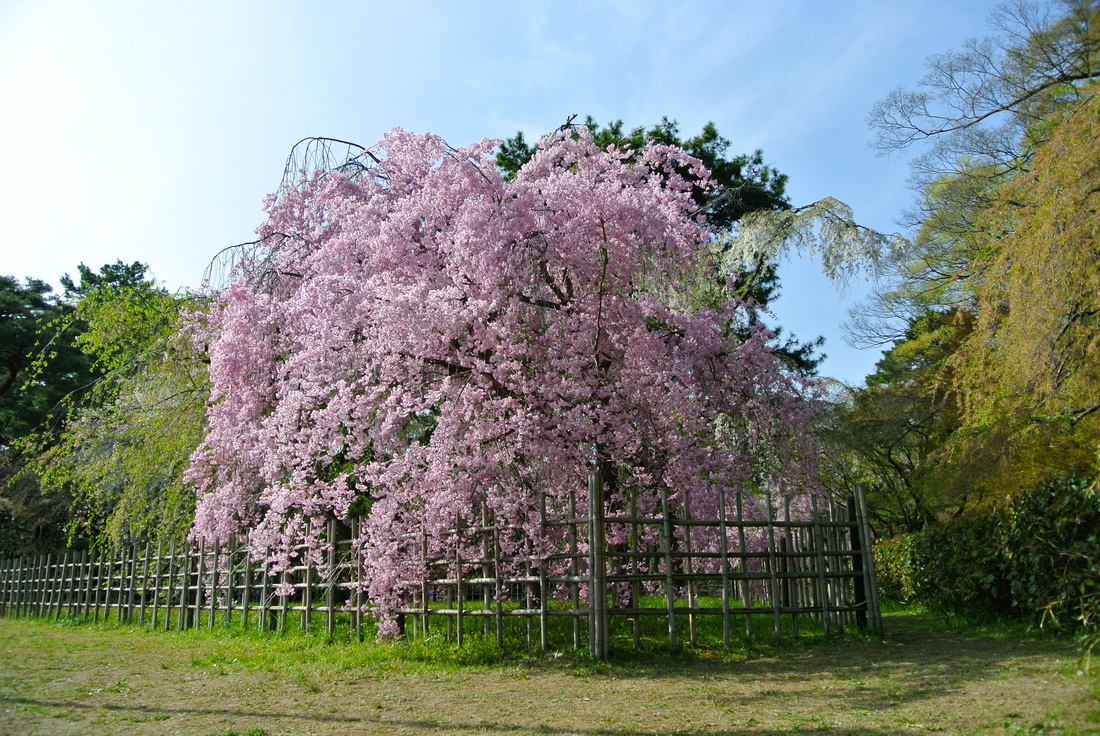
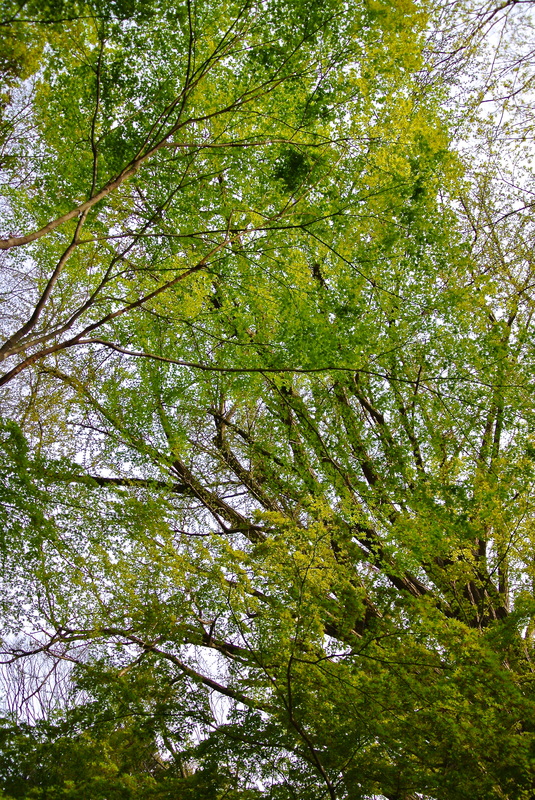
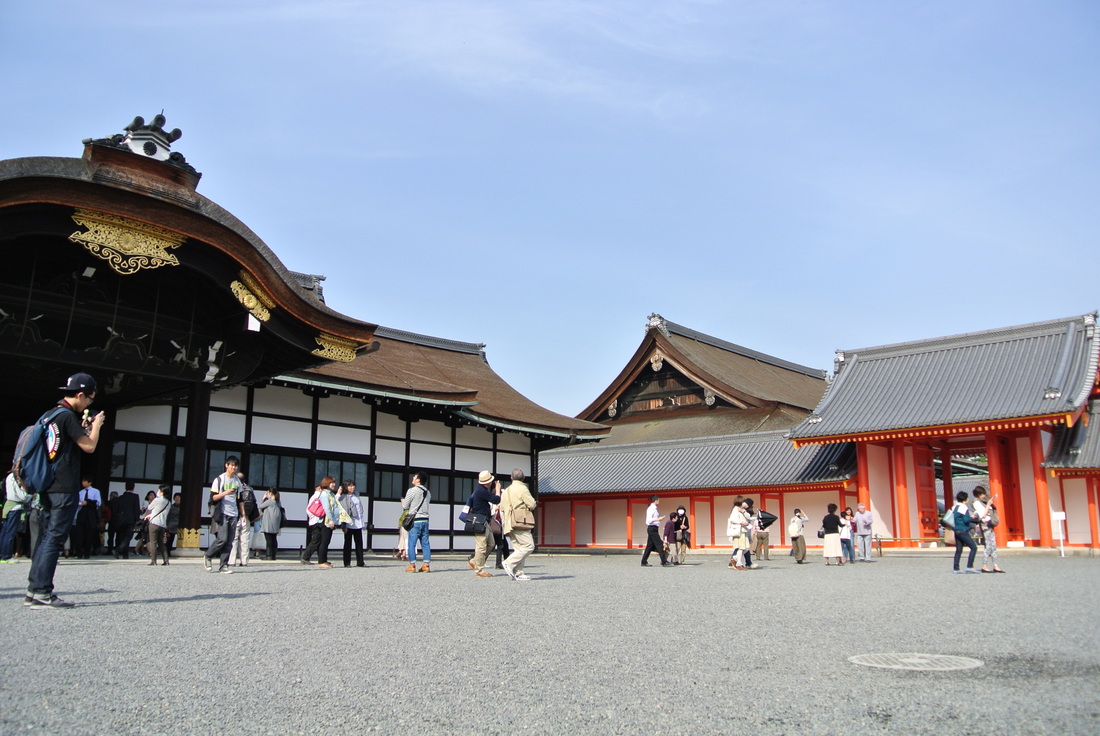
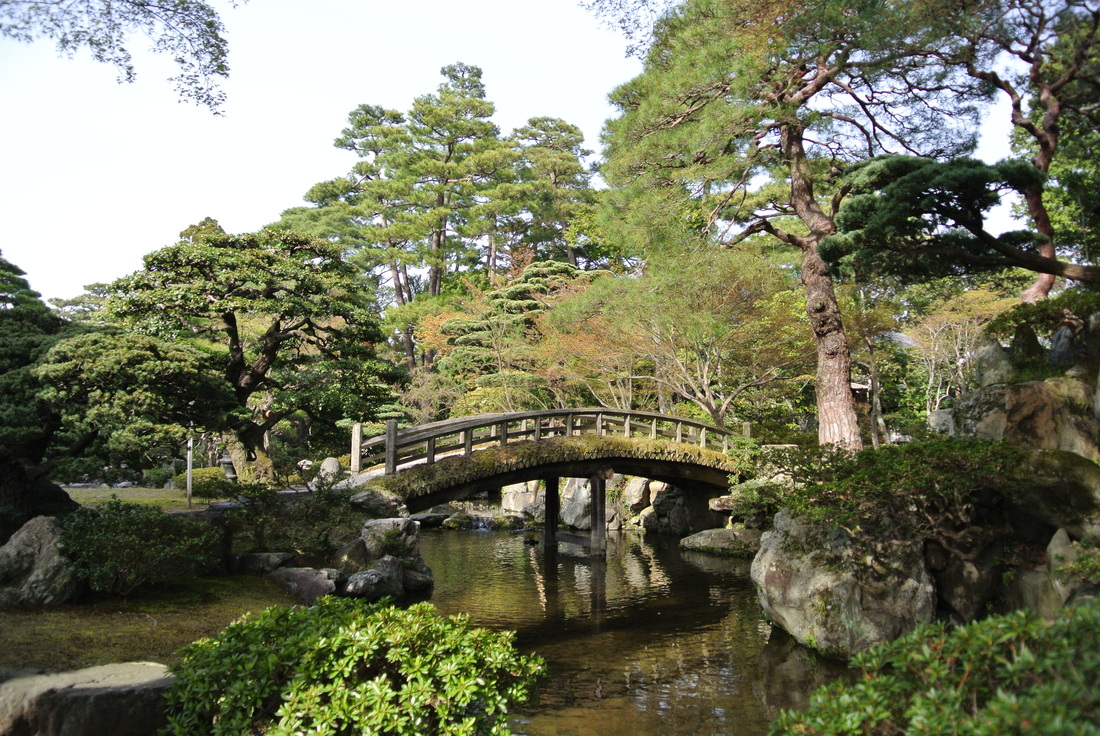
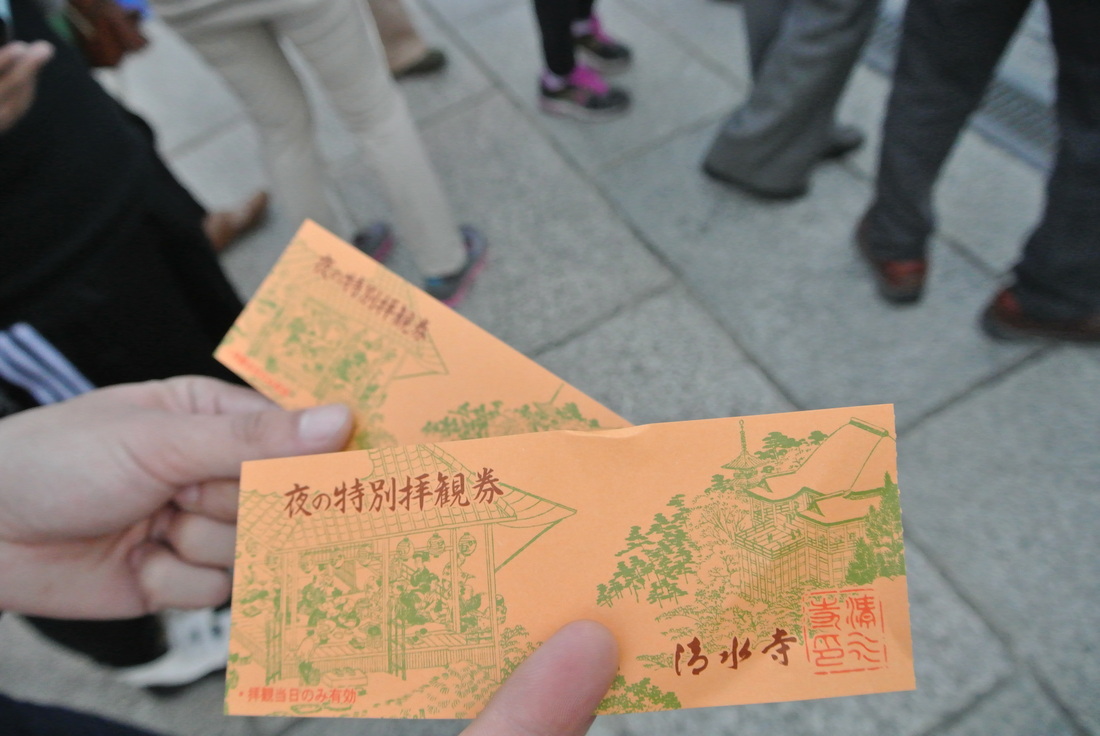
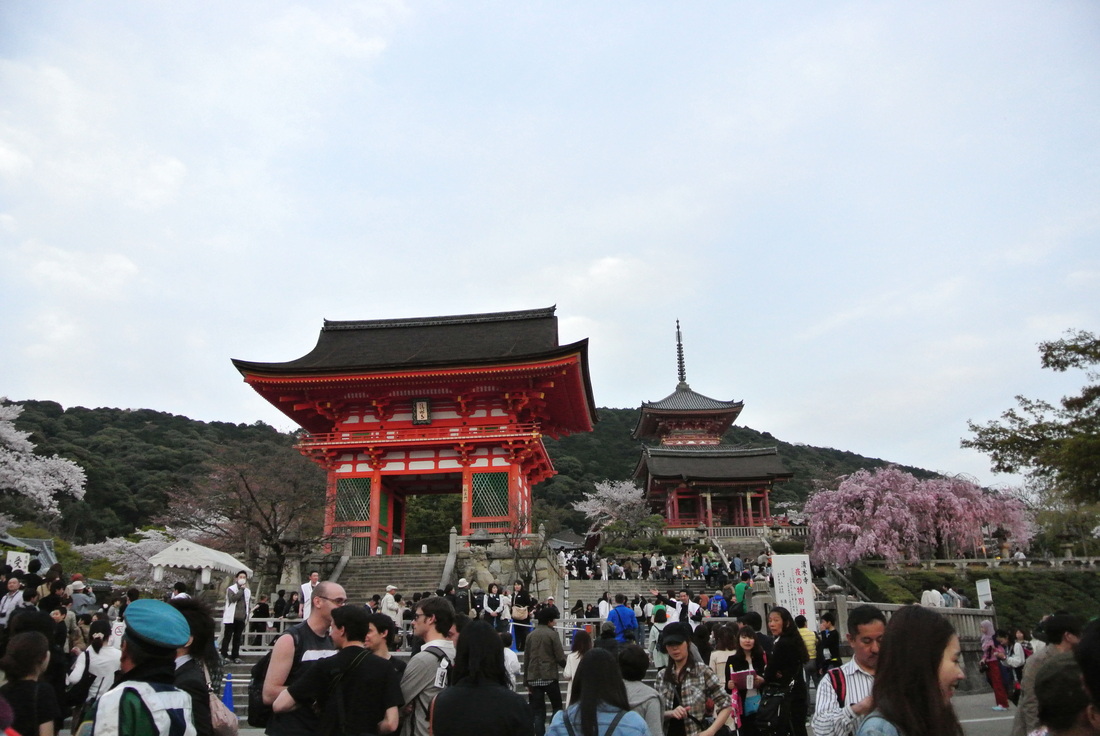
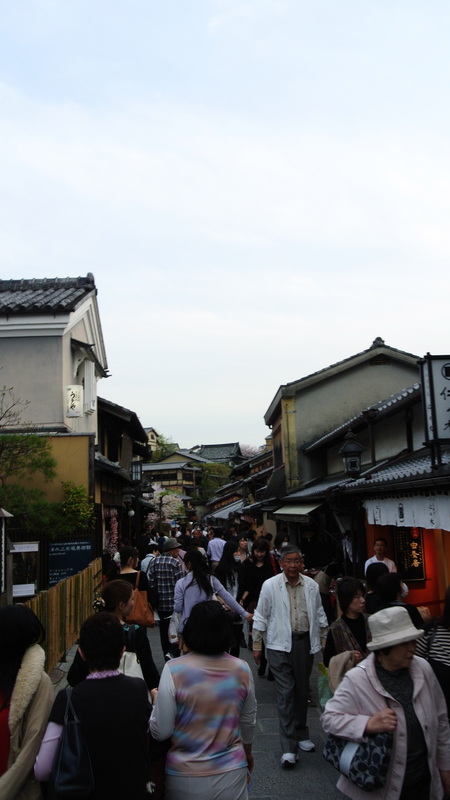
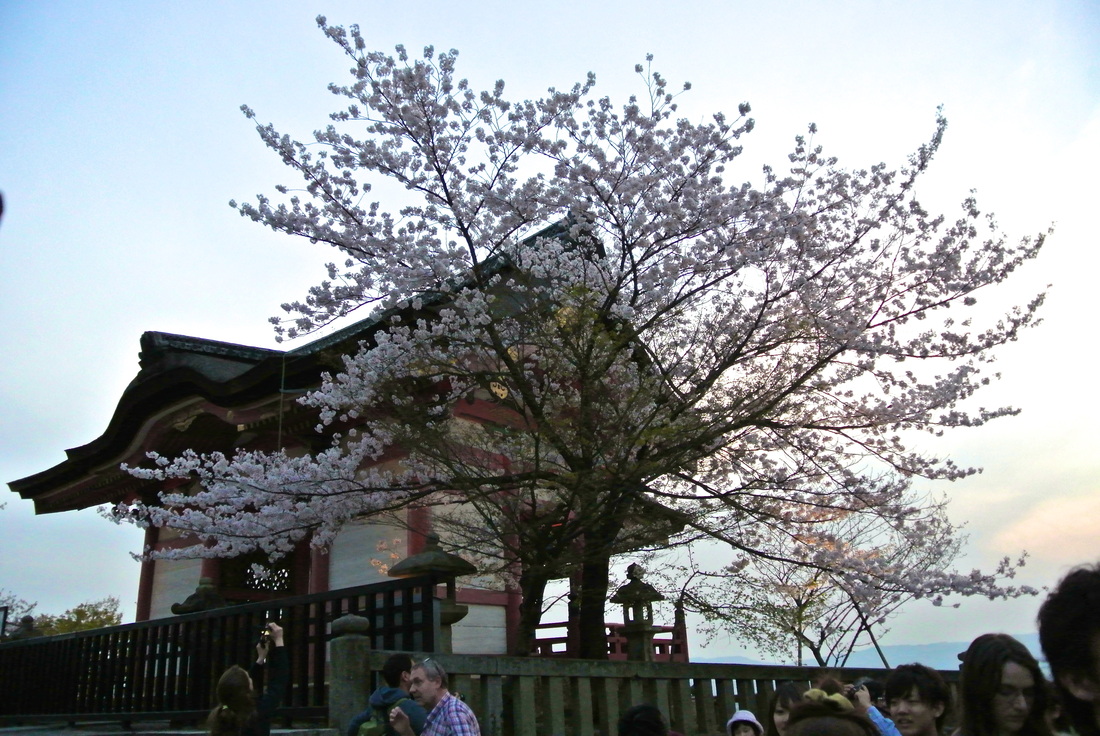
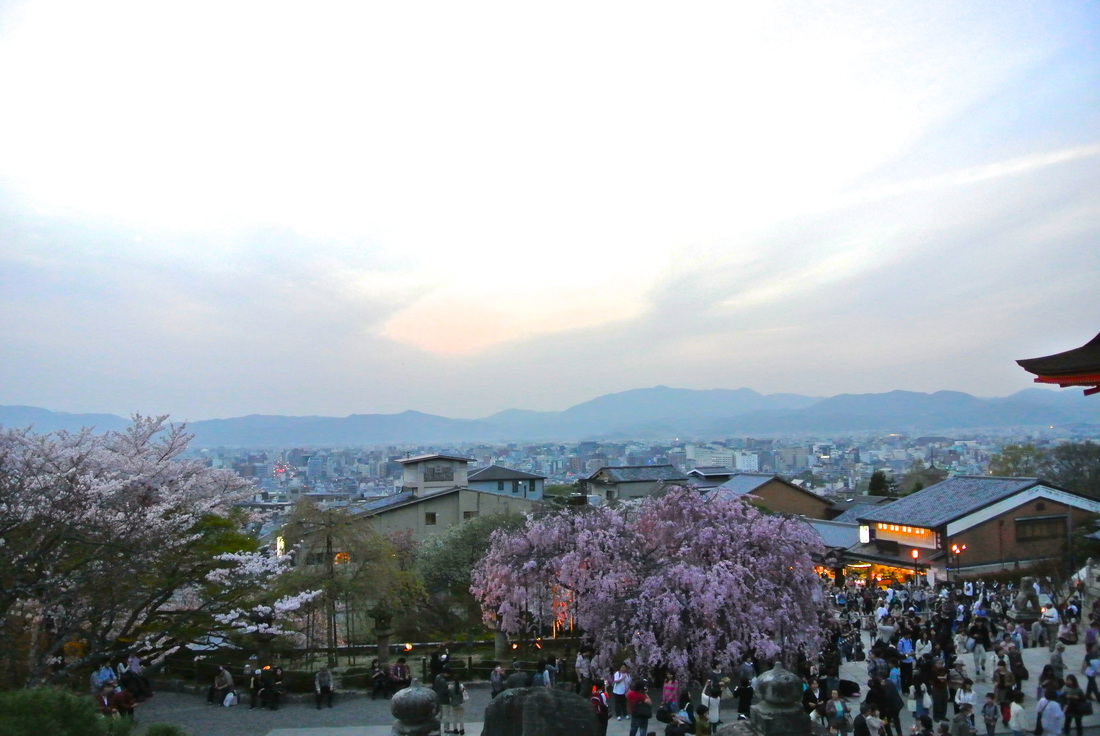
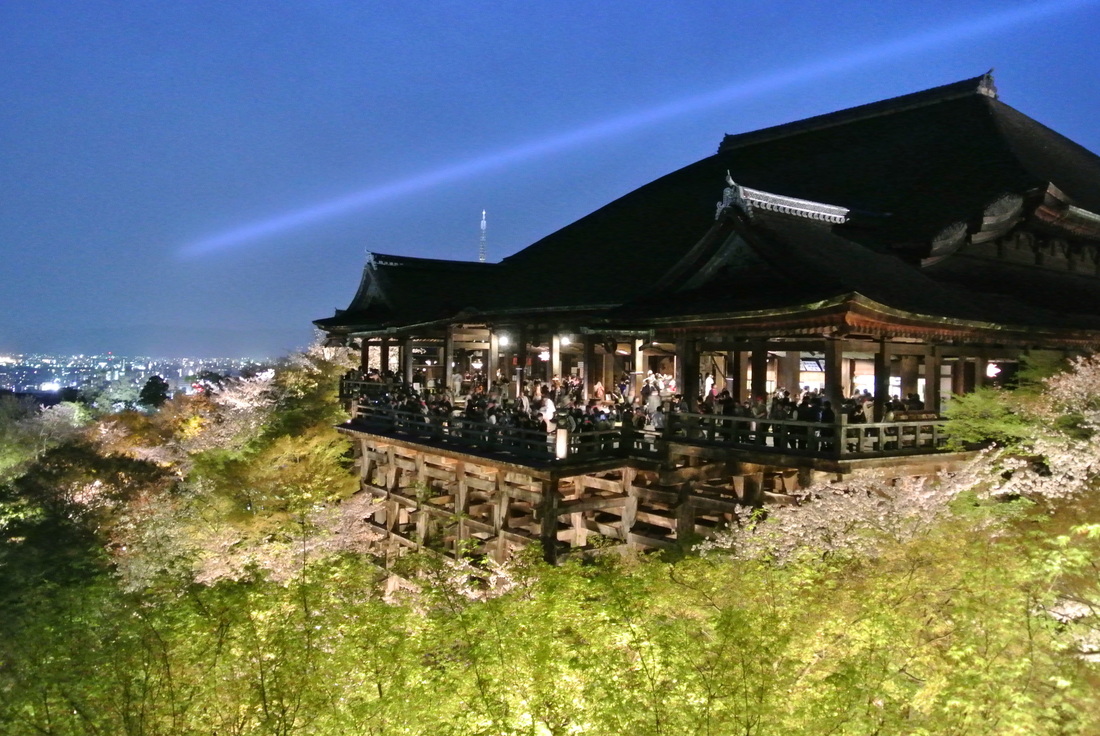
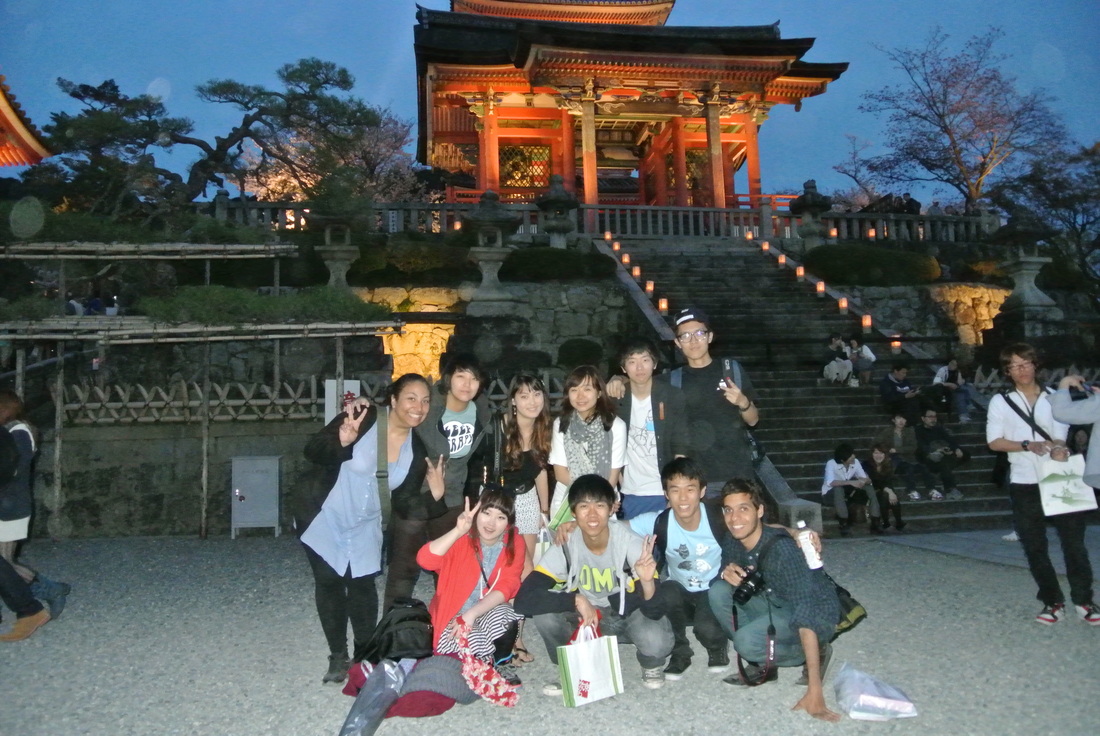
 RSS Feed
RSS Feed

